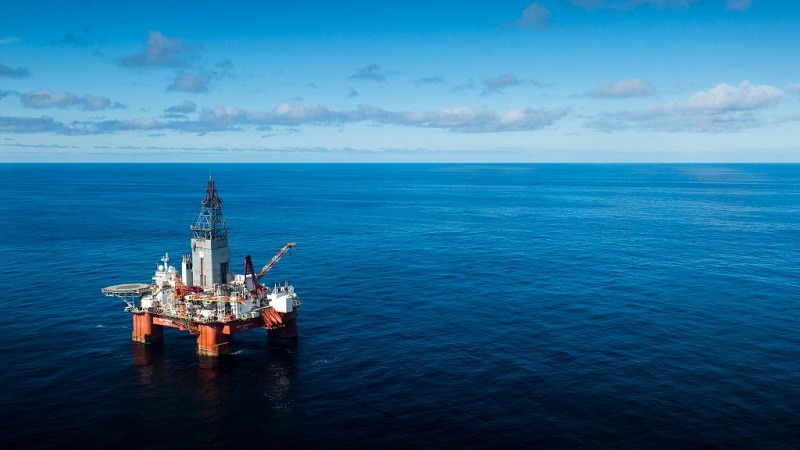Equinor Energy and its partners failed to find any hydrocarbons in offshore Norway’s production license 857 (PL 857) following the drilling of the first wildcat well 7132/2-1 of their exploration program.

Image: Equinor used the West Hercules for the drilling of wildcat well 7132/2-1. Photo: courtesy of Ole Jørgen Bratland/Equinor ASA.
The wildcat well, which was targeting the Gjøkåsen Shallow prospect, was drilled nearly 175km north of Vardø, in the southeastern part of the Barents Sea by Equinor. It has been confirmed to be a dry well.
Drilled by the West Hercules drilling facility, the wildcat well’s primary exploration target was to prove petroleum in reservoir rocks from the Middle and Early Jurassic Age while the secondary exploration target was reservoir rocks from the Early Cretaceous and Late Triassic Age.
The well 7132/2-1 intersected nearly 15m of sandstone reservoir with good reservoir quality in the Støformasjonen formation in the primary exploration target.
In the other formations of the primary exploration target – Nordmela, Tubåen and Fruholmen, the wildcat well intersected around 25m of sandstone reservoir with very good reservoir quality.
In the secondary exploration target in the Lower Cretaceous, the well could not intersect any reservoir rocks. In the upper part of the Snadd formation, the well did intersect a water-filled sandstone reservoir totaling nearly 30m with moderate to good reservoir quality.
The wildcat well was drilled in 293m of water depth to a vertical depth of 852m below the sea surface prior to its termination in the upper part of the Snadd formation.
The PL 857 partners have permanently plugged and abandoned the wildcat well 7132/2-1. The West Hercules drilling facility will be next used for the drilling of another wildcat in the same production license, in the form of the Gjøkåsen Deep exploration well 7132/2-2.
PL 857 was awarded to the partners in June 2016 during the 23rd licensing round on the Norwegian Shelf.
Equinor Energy is the operator of the offshore Norwegian block with a stake of 40%. Its partners in the license are Aker BP (20%), Lundin Norway (20%) and Petoro (20%).
According to Lundin, the objective of the second well in the license – well 7132/2-2 is to evaluate the deeper exploration targets in the same structure. The result of the Gjøkåsen Shallow well will have no bearing on the prospectivity of the Gjøkåsen Deep target.
